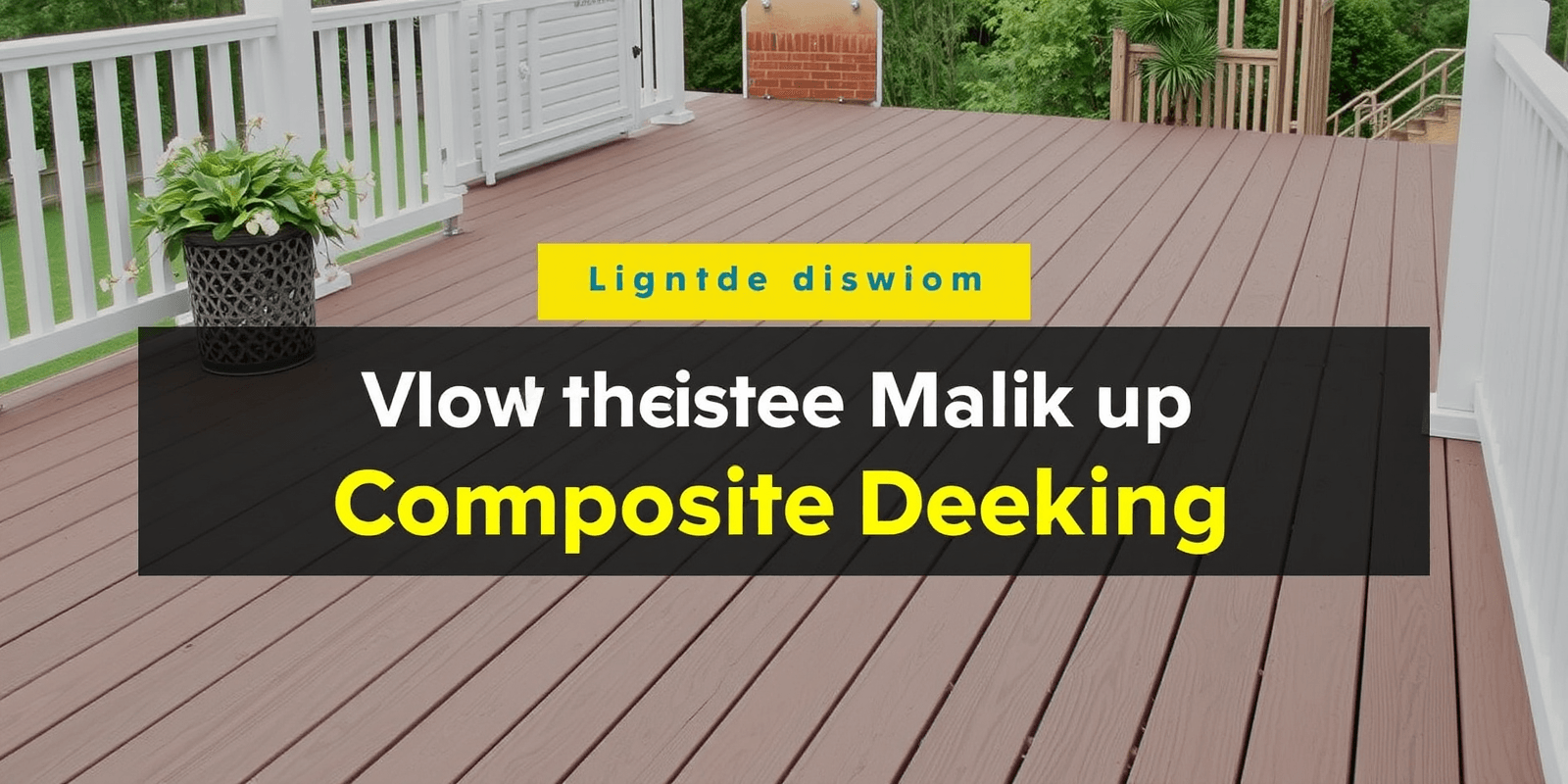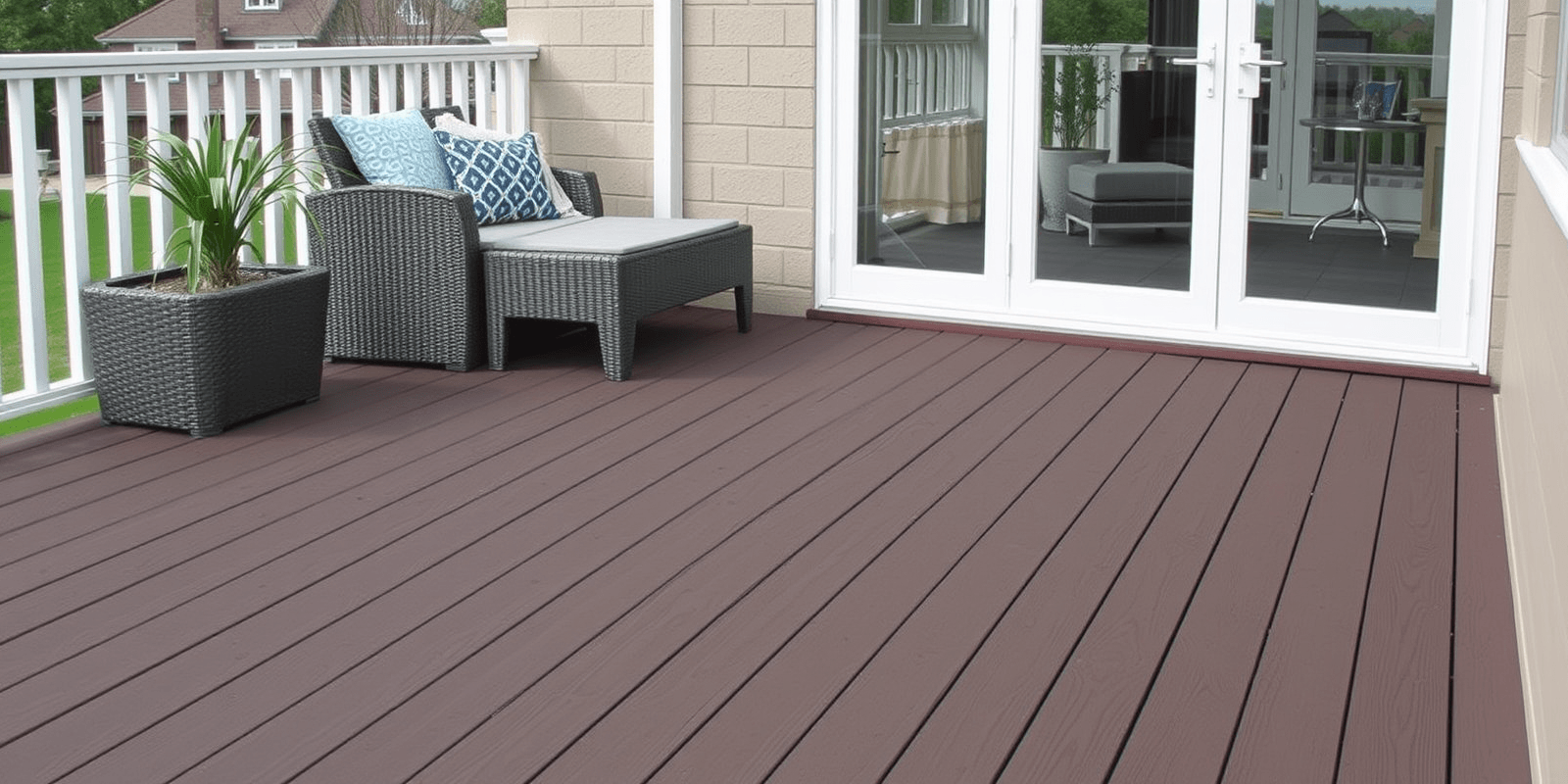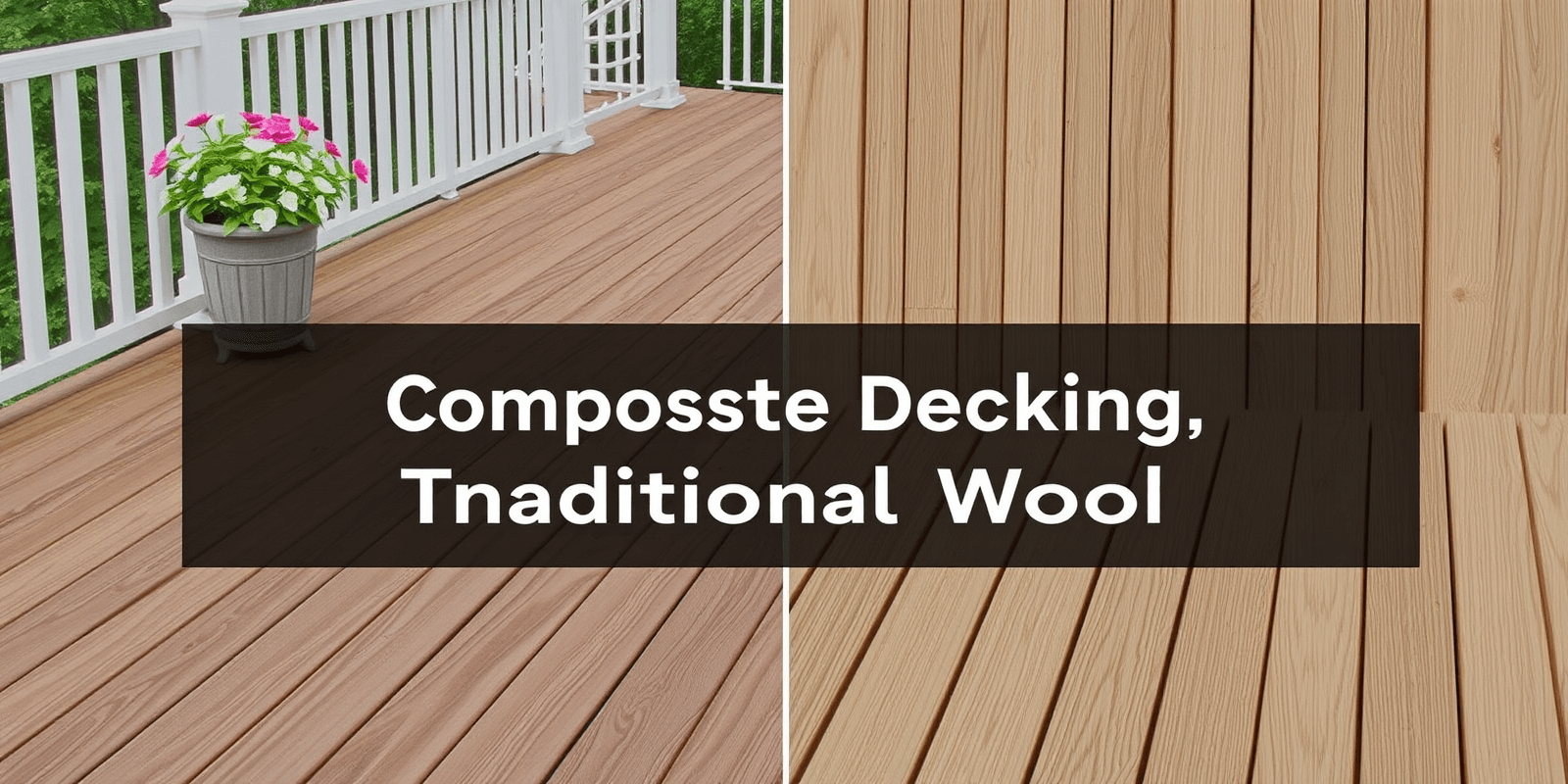“`html
What Materials Make Up Composite Decking?
Composite decking has become an increasingly popular choice for homeowners looking for a low-maintenance alternative to traditional wooden decks. But what exactly is composite decking made of? This article will detail the specific materials used in composite decking, compare its properties and maintenance needs with those of traditional wooden decks, and provide insights into why composite decking might be the right choice for your next outdoor project.
Key Components of Composite Decking
Composite decking is typically made from a combination of wood flour, recycled plastic, and sometimes fiberglass or foam. These materials are carefully mixed to create a durable, weather-resistant product that requires minimal upkeep compared to traditional wooden decks.
Wood Flour
Wood flour is a fine powder derived from sawdust, which serves as the primary organic component in composite decking. It provides the natural look and feel of wood without the need for frequent staining or sealing.
Recycled Plastic
The second major component is recycled plastic, often sourced from post-consumer products such as milk jugs and detergent bottles. This material enhances the durability and longevity of the composite decking by making it resistant to moisture, insects, and rot.
Fiberglass and Foam
In some cases, composite decking may also include fiberglass or foam to further enhance its structural integrity and flexibility. These additives help to reduce weight while maintaining strength, making the decking easier to install and more resistant to warping and cracking.
Properties and Maintenance Needs Compared to Wooden Decks
One of the key advantages of composite decking over traditional wooden decks is its lower maintenance requirements. While wooden decks require regular staining, sealing, and sanding to maintain their appearance and prevent damage, composite decking can be easily cleaned with soap and water. Additionally, composite decking is less prone to warping, cracking, and insect infestation, making it a more durable option in the long run.
Durability and Longevity
Composite decking is designed to withstand harsh weather conditions and resist fading, making it a suitable choice for both coastal and inland environments. Its resistance to moisture and rot means that it requires minimal upkeep, reducing the overall cost of ownership over time.
Appearance and Aesthetic Appeal
Despite being made from synthetic materials, composite decking can mimic the natural beauty of wood with a variety of color options and textures. This makes it an attractive choice for homeowners who want the look of wood without the associated maintenance requirements.
Conclusion
In conclusion, composite decking is a versatile and low-maintenance alternative to traditional wooden decks. By combining wood flour, recycled plastic, and sometimes fiberglass or foam, composite decking offers a durable, weather-resistant solution that requires minimal upkeep. Whether you’re looking to build a new deck or replace an existing one, composite decking is definitely worth considering.
References
“`



